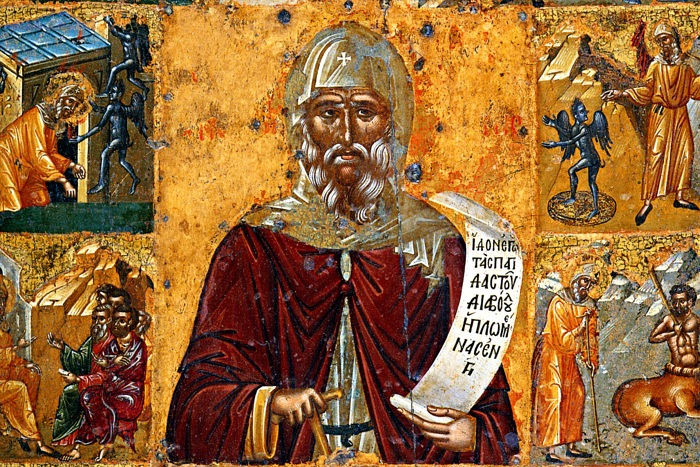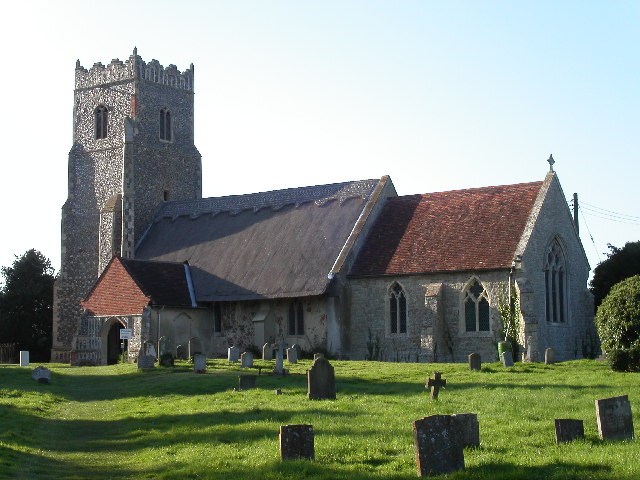
We honor the memory of St. Anthony – the renowned Egyptian (Coptic) saint who was titled Great while he was still alive – today, on January 30. He is revered not only for his personal achievements but also for his role in shaping Christian monasticism as a special institution within the Church. Many monks later became famous theologians and the most ardent defenders of the holy doctrine. Generally speaking, the saints who led a monastic lifestyle and achieved heights of holiness through it are referred to as “venerables”. The Orthodox Church commemorates venerable fathers during every proskomedia, which is the preparatory part of the Divine Liturgy. The sixth particle of the Nine-Ranks Prosphora is taken out in honor of those saints.
We know little of the great saint’s early years. He is said to have been born around 251 to a Christian family in Coma in Lower Egypt. When he was 20, he heard the words of the Savior about the ideal spiritual perfection: If thou wilt be perfect, go and sell that thou hast, and give to the poor, and thou shalt have treasure in heaven: and come and follow me (Matthew 19:21). Anthony took them literally and put them into practice. He distributed his possessions to the poor and began practicing asceticism under the guidance of a skillful elder. After a while, he left his teacher and spent twenty years in complete isolation in the desert not far from the Red Sea. Anthony started taking his first disciples, who became eremites like him, in 306.
Their isolation didn’t stem from their indifference towards people’s needs. St. Anthony is known to appear in the most dangerous places during the Christian persecution under Emperor Maximinus Daia (AD 311), comforting and encouraging the faithful. He died around 356 at the age of 105.
The biography of Saint Anthony was written by his younger friend and patron St. Athanasius of Alexandria († 373), who was also called Great for his struggle against the Arian heresy. The method of moral improvement through the struggle against demonic temptations and nightmarish visions, described in that book, was developed by later generations of monastics and found its reflection in the works of many artists and writers. Gustave Flaubert, a famous French author, wrote a novel titled The Temptation of Saint Anthony, which describes the saint’s life and works. He wrote three versions of that novel and called it his life’s work.
There is a disease called St. Anthony’s Fire, which was widespread in the Medieval times. People would ask St. Anthony to cure it. A charitable Order of St. Anthony was founded in the Roman Catholic Church around 1095. This congregation was canonically united with the Knights of Malta in 1774.
Translated by The Catalog of Good Deeds



